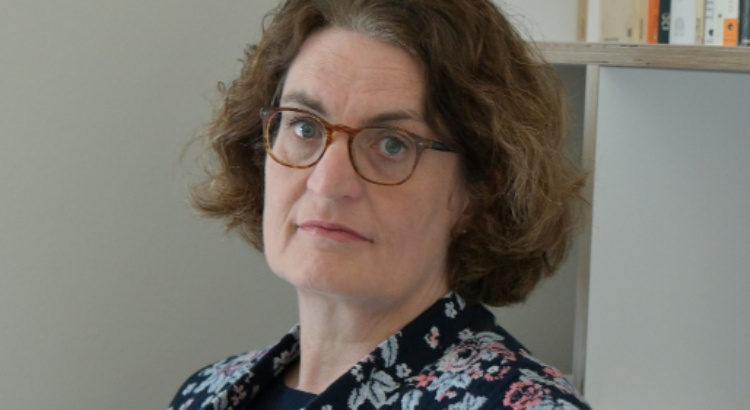Gem REPORT
Sabine is one of many champions being highlighted by the GEM Report in the run up to the launch of its 2020 publication on inclusion and education: All means all, due out 23 June. In their own way, and in multiple countries around the world, these champions are fighting for learner diversity to be celebrated, rather than ignored.
Sabine, the principal of Marie Kahle secondary school in Bonn, Germany, understood quickly in her career that child-focused education was key for learning. Eleven years ago, when her school was founded, she decided that children were the most important asset of her school and, ever since, her school has implemented initiatives to keep that idea at the core of its operations.
Bonn is a diverse community, home to many immigrants from African and Middle Eastern counties. Sabine is proud to welcome 960 students at her school including many children whose native tongue is not German and children with special needs.
At Marie Kahle school, two-thirds of the day are run as traditional classes and the remaining third of the day uses the Dalton method: classrooms are assigned by teacher and subject with no age or grade difference. Children choose which teacher and subject they want to work with and they complete tasks with personalized assistance from these teachers.
The method does not carry additional costs for the school and has proven to develop students’ self-reflection and responsibility for their own educational process and their ability to work independently. Although students work at their own pace and on their own task, they are all working together in the same classroom. This approach eliminates comparisons between students and makes learning timeless; the objective is not to see who finishes first or last; rather, the objective is for students to become competent in a series of subjects by the end of their time at school.
Students welcome this method as they do not feel pushed to finish their work at a certain pace, and their objective is to learn. This is also true for special needs students. Sabine can see improvements in their confidence and wellbeing; they are not in constant comparison with their peers and receive extra support without realizing it because every student receives support. Teachers also see the benefit as students choose to go to their classes and are not pre-assigned by a schedule. The efforts and method of the school have not gone unnoticed. In 2019, the school won the Jakob Muth award for inclusive education.
“We focus so much on teaching a subject and not on what needs to happen for a child to learn. We are always looking for a ‘one-size-fits-all’ recipe, but that doesn’t exist; every student, with or without special needs, is different”.
For Sabine, inclusive education means flexible schools that focus on each student and accommodate their needs, not the other way around. Every student is different. Inclusive education is not easy to implement but it is not expensive; it is a matter of decision and attitude. To achieve inclusive education, student and teacher have to work together as a team. Making a difference between special needs teachers and regular teachers leads to further division among students and perpetuates the idea that regular students are all the same when they are not. If she could implement one measure to ensure inclusion in education, it would be to increase reflection time for teachers.
Fuente: https://gemreportunesco.wordpress.com/2020/05/22/suraj-yengde-trying-to-leave-his-caste-behind-him-to-pursue-his-education/






 Users Today : 164
Users Today : 164 Total Users : 35459759
Total Users : 35459759 Views Today : 316
Views Today : 316 Total views : 3418288
Total views : 3418288